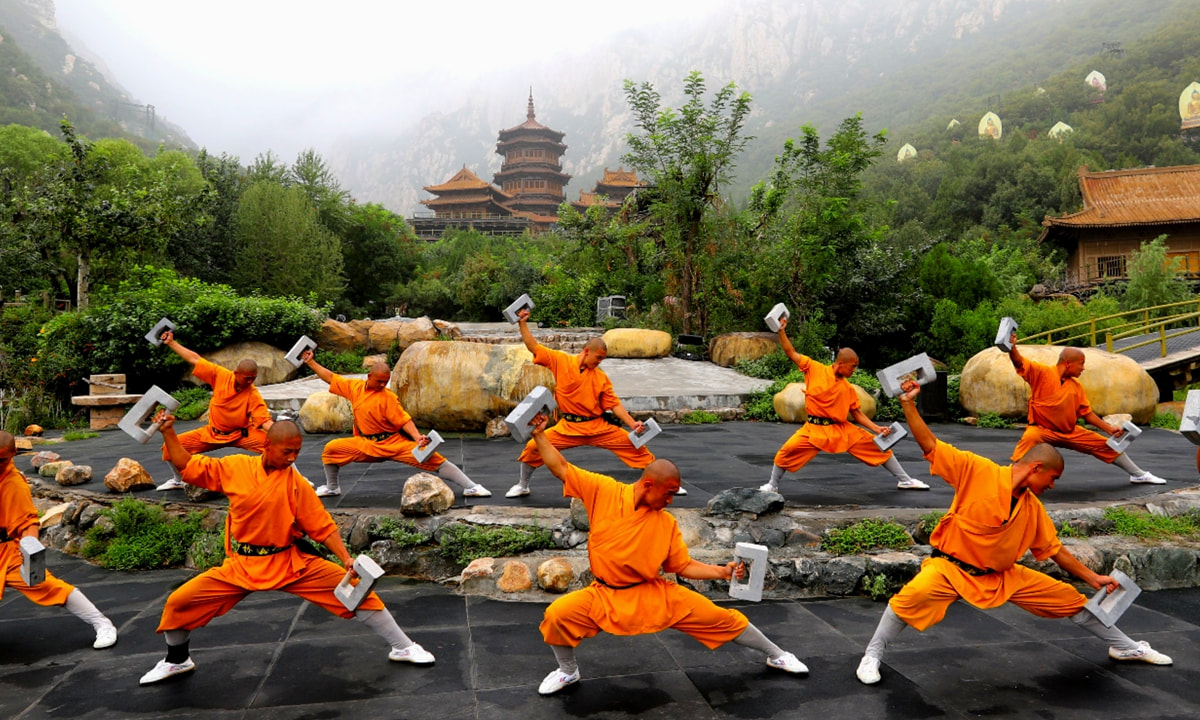|
Martial arts have been around for thousands of years and have developed into numerous styles across different regions of the world. Each style has its unique origin, characteristics, and benefits. As a student of the International Stunt Academy you will learn elements of many different styles. So, we wrote this guide to breakdown of some of the most popular martial arts styles, their origins, their key features and also some of their most famous practitioners.
These are just a few examples of the many martial arts styles and systems that exist around the world. Each style has its unique history, techniques, and benefits. As a member of the International Stunt Academy, exploring different martial arts styles can help you develop a well-rounded skill set and broaden your understanding of the world of screen / stage combat, mental discipline and physical performance. Each of these different styles of martial arts each have their unique origins, characteristics, and benefits. From the fast, high kicks of Taekwondo to the powerful strikes of Muay Thai, there is a style of martial arts for everyone. Comments are closed.
|
AuthorThis blog os co-authored by The ISA Team Archives
June 2024
Categories
All
|


 RSS Feed
RSS Feed

2/26/2023